Staying safe should always be at the top of your mind, whether you’re off camping for a day or a week.
Camping can indeed be a great experience filled with beautiful memories. Still, sometimes these precious moments can quickly turn into an emergency if you don’t come equipped with some knowledge and safety gear.
Whether you’re a camping veteran or a first-time camper, let’s brush up on some camping safety tips before you hit the outdoors for your next camping trip.
Before you hit the camp: Preparation tips
By doing your homework ahead of time, you can be better prepared for any challenges you may encounter. This will help you feel more confident and relaxed during your trip, so you can focus on enjoying the experience.
1. Research your destination
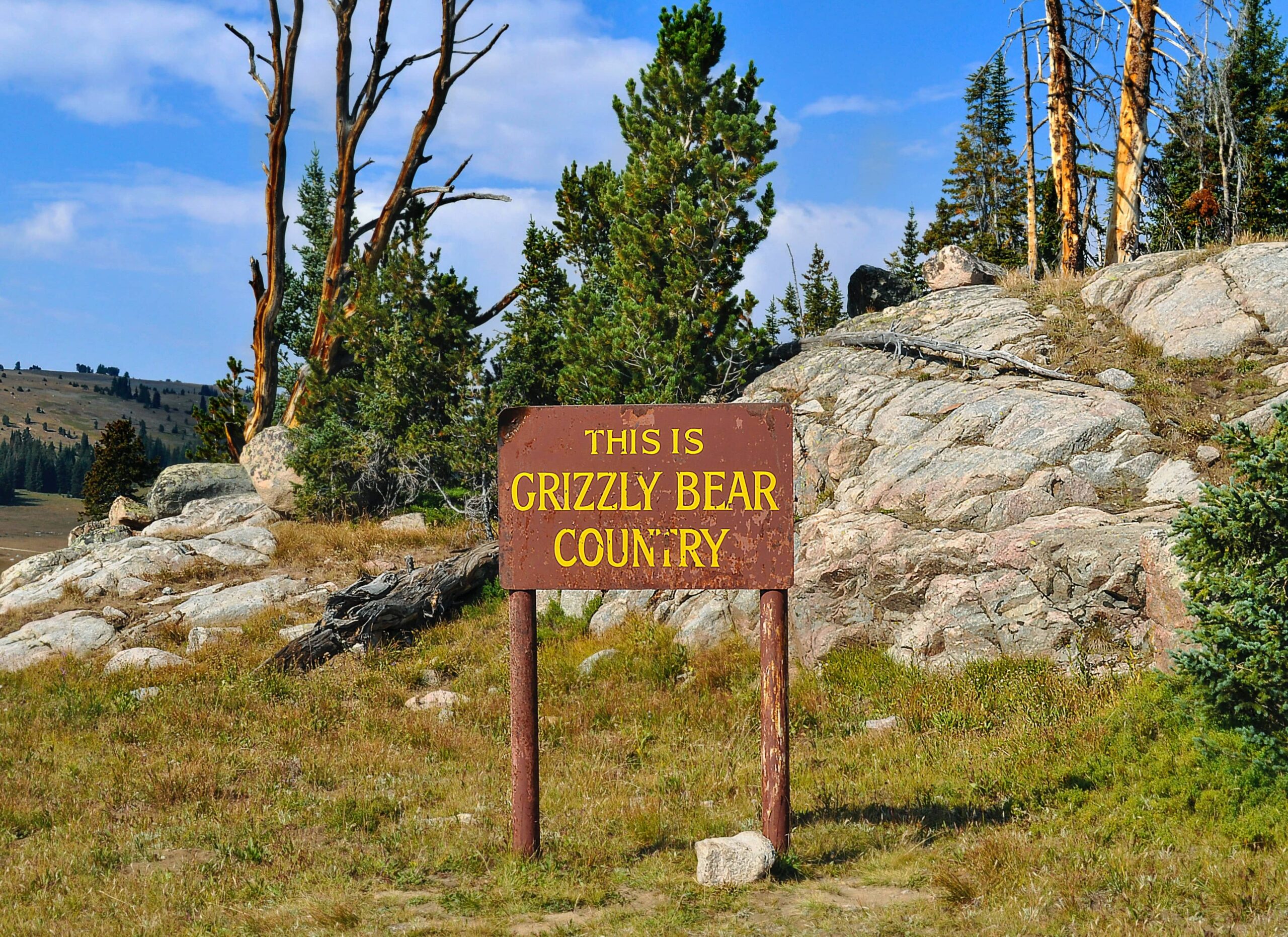
The first step in staying safe while camping is researching your destination thoroughly. Before you set out on your trip, familiarize yourself with the area where you’re going to set up camp, including any potential hazards or risks:
Check the weather beforehand and pack accordingly: Weather conditions can be unpredictable in the wild, so check the forecasts before you start your camping trip and pack accordingly. Always prepare for inclement weather, so you’re not stranded in a bad situation.
Be aware of wildlife and their habitat: Be sure to familiarize yourself with the local wildlife before camping. Research animals present in the camping area and how you can protect yourself from them if need be. Remember, wild animals also need their space, so keep a safe distance from them.
Research local plants: Knowing poisonous plants and which ones to stay away from can help you avoid potential injury or illness during your camping trip.
For example, you should avoid poison oak and ivy at all costs, as their oils can cause adverse reactions when touched or inhaled. Certain mushrooms can also be poisonous and should be avoided.
If you’re off to a designated campsite, check rules and regulations that might be applicable, like guidelines for campfire use, food storage, and waste disposal. You can inquire park rangers about these things if you’re planning to camp in a national park.
If camping in the backcountry, you may need to obtain a permit and follow specific guidelines to protect the natural environment.
2. Pack the essentials
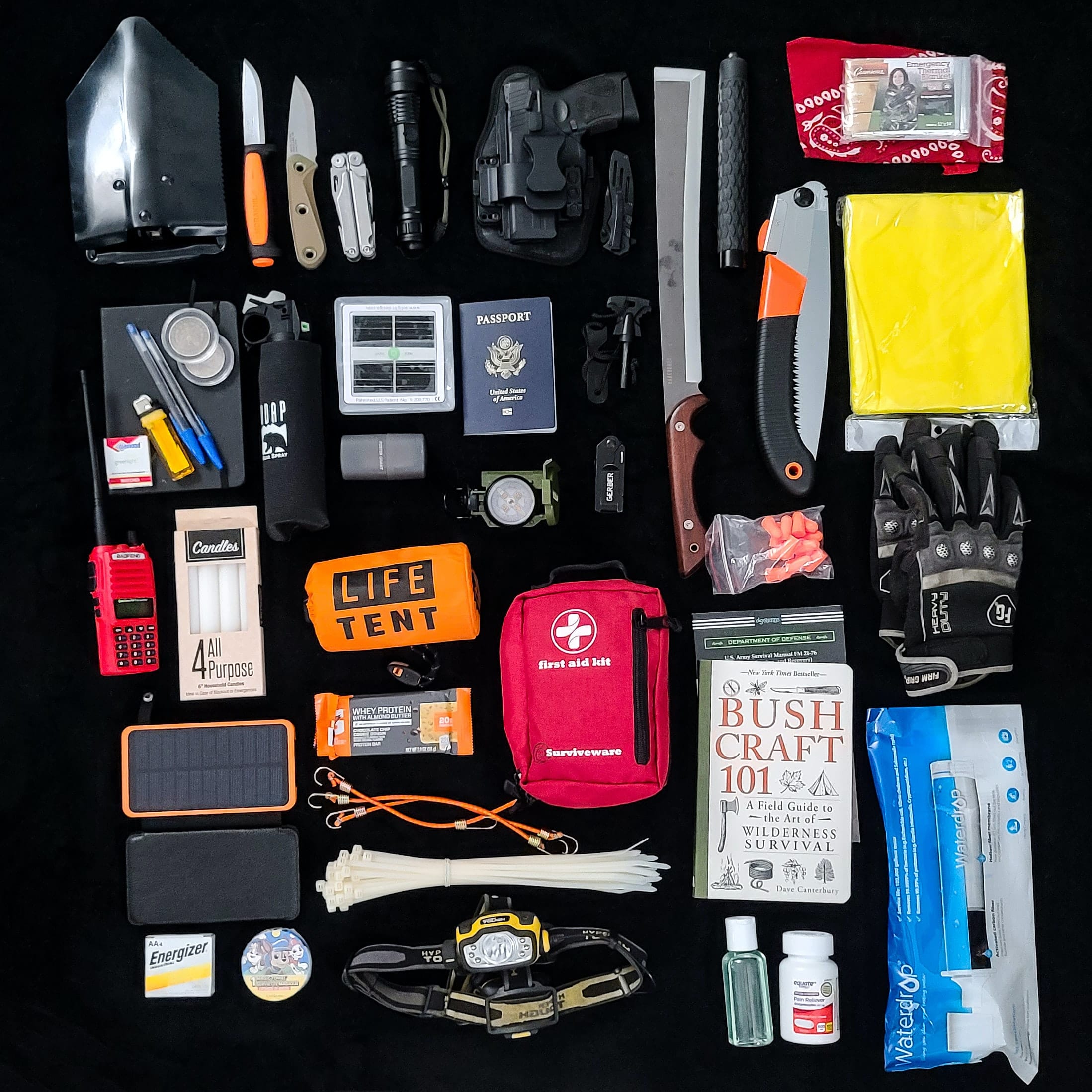
Once you know what to expect in the destination area, it’s time to pack your stuff. Using a camping checklist is always a good idea, so you don’t forget anything important. Start with items like a tent, sleeping bag, and other camping gear, and take clothes, toiletries, and any medications you may need.
Here are some extra thoughts for packing up:
Always be prepared for an emergency: Bring your first-aid kit and review it before the camping trip. Be equipped with all necessary medications, extra supplies of water, and non-perishable food items. Use a first-aid kit checklist not to miss anything vital.
Knowing how to handle a medical emergency while camping can make all the difference. Learn where the local hospitals are located, especially if there’s limited phone connection coverage.
Be also prepared for survival situations. Know the 5 C’s of Survival and build your survival kit accordingly.
Bring a map: A camping map will help you stay oriented and pinpoint your camping spot if you get lost or disoriented. Review the camping area ahead of time and mark any potential alternative areas with a GPS.
Take care of camp lighting: Bring camping lights or headlamps to help you move around in the dark and avoid any unexpected camping hazards. Camping lights can also give you a great sense of security in unfamiliar areas.
3. Share your plans with someone
Whether you’re off on a group camping trip or camping solo, this one is crucial.
Talk about your plans with a friend or family member who can keep track of your itinerary and expected return date. If something were to happen and you needed help, this person could contact the appropriate authorities and provide them with important information about your whereabouts.
It’s also a good idea to leave a detailed itinerary with this person, including the location of your campsite, your planned route, and any other relevant details. This will help to ensure that you can be located quickly in the event of an emergency.
By telling someone your plans, you can rest assured that you have a trusted point of contact who can help to keep you safe while you’re out in the wilderness.
Camping safety tips while at the campsite
Now that the preparation is done and you’ve arrived at the campsite, it’s time to relax. But only after you have these safety tips at the top of your head.
4. Set up camp safely
When setting up camp, choosing a flat, clear area free of potential hazards, such as branches, rocks, or uneven ground, is crucial. This will help ensure that your tent is stable and secure and reduce the risk of accidents or injuries.
You should also be mindful of your surroundings. Look for any potential hazards, such as large trees with dead branches or areas prone to flooding. Avoid tent camping in these areas to reduce all possible risks.
5. Mind fire safety
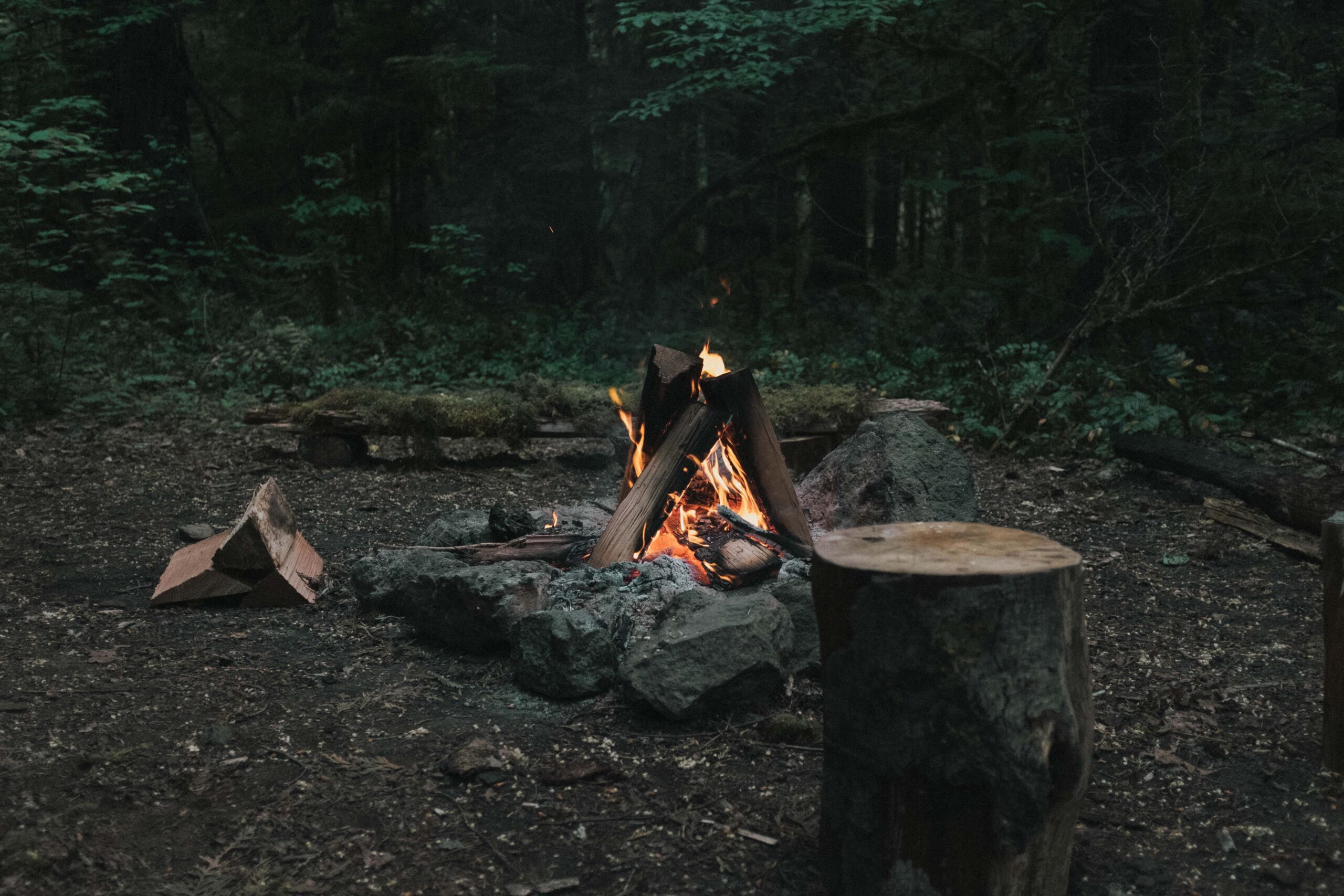
Campfires are a camping tradition that can quickly turn dangerous if not handled properly.
In a designated campsite, follow any rules or regulations regarding campfire use. This might include guidelines for building a fire pit, collecting firewood, and extinguishing the fire when you finish using it.
In the backcountry: You should use a portable stove instead of building a fire, which will help reduce the risk of wildfire and leave a smaller environmental footprint.
Regardless of where you are, always keep an eye on it, and never leave a fire unattended. Store your camping equipment away from the flame and keep a bucket of water or a fire extinguisher nearby if you need to extinguish the fire quickly.
Always make sure to put out the flames entirely before leaving your campsite.
6. Keep camping food sealed and stored properly
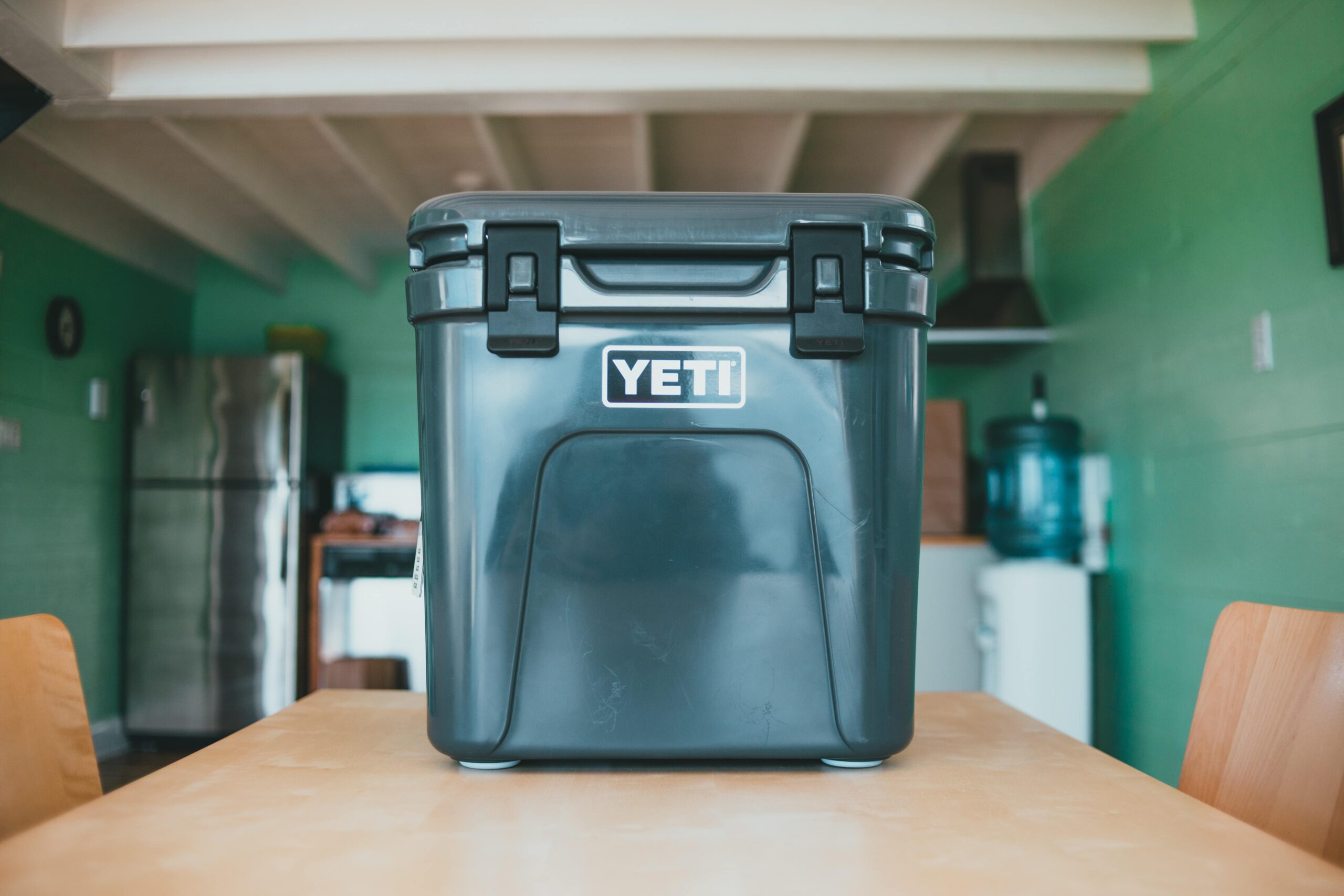
First things first, don’t leave any food on picnic tables nor bring it into your tent. The same goes with leftovers in your campfire cooking kit – clean and pack your cookware accordingly.
In a designated campsite: Use a cooler to store perishable items, such as meat, dairy, and eggs, to prevent foodborne illness and reduce the risk of attracting animals.
In the backcountry: Where bears are present, you’ll need to use a bear bag or canister to store your food and toiletries. These items should be placed at least 100 yards from your campsite and hung at least 10 feet off the ground and 4 feet away from any tree trunk.
This way, you’ll prevent bears and other animals from accessing your food and protect the natural environment.
7. Keep a close eye on children and pets
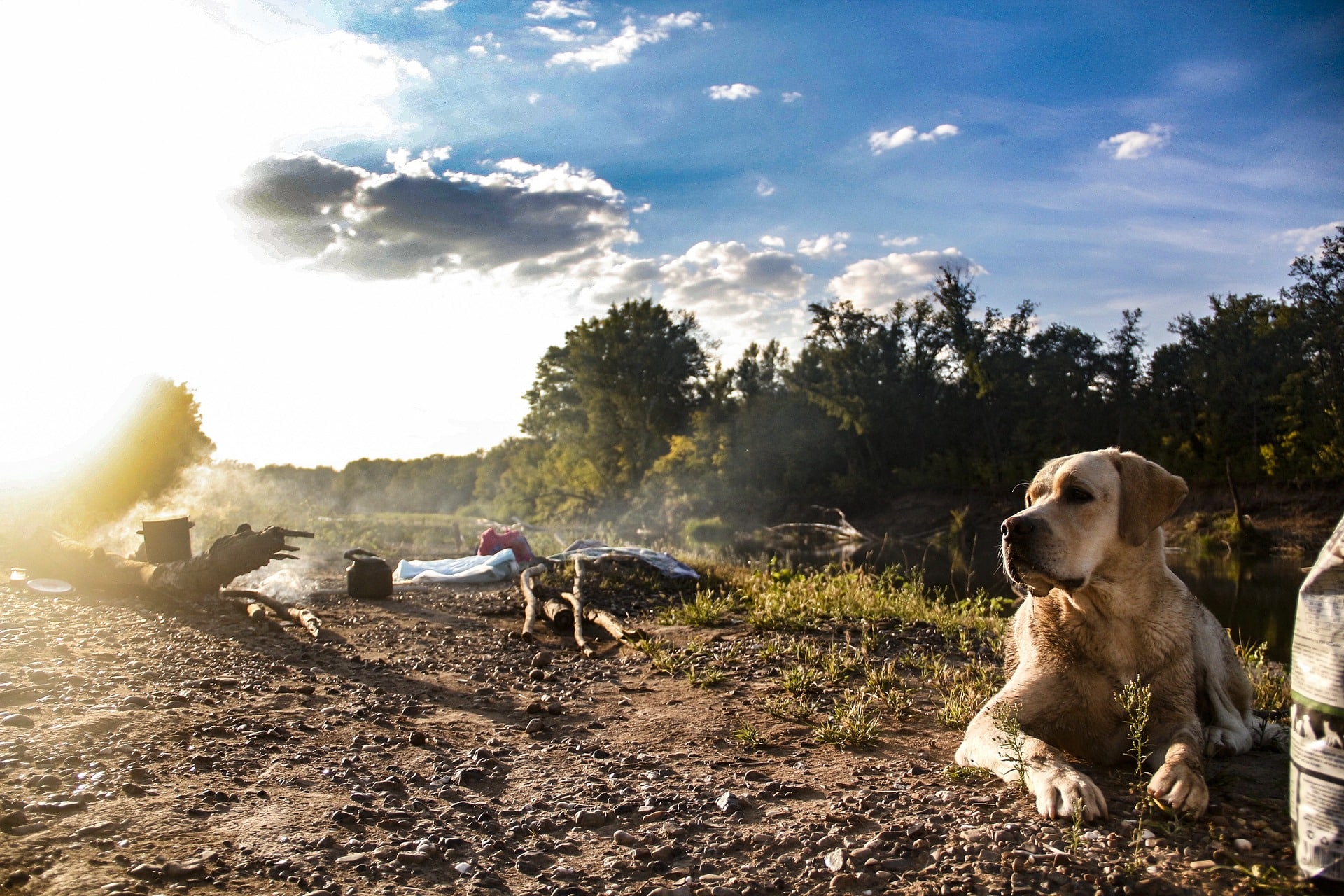
When camping with kids or pets, it’s essential to keep an eye on them, so they stay safe. Kids might not know about dangers like trip hazards or wild animals, and you’re the one responsible for nothing happening to them. Set some rules for kids to follow and make a plan in case anyone gets separated from the group.
Keeping an eye on your furry friend’s safety is just as important – they can also get lost or hurt in new places, so keep them on a leash and close by.
8. Stay hydrated
Staying hydrated is crucial when camping and hiking, as combining physical activity and exposure to the elements leads to rapid water loss. Bring plenty of water with you on your trip to ensure you’re properly hydrated.
A good rule of thumb is to bring at least two liters of water per person per day and more if you will be engaging in strenuous activities or if the weather is hot.
If you’re camping in an area where the water may not be safe for drinking, consider bringing a camping water purification system to treat the water before drinking.
Alternatively, you can rely on a camping pot for boiling water if you don’t have a water filter with you.
Dehydration causes fatigue, dizziness, and other unpleasant (or even threatening) symptoms – constantly sip to minimize all these risks.
Into the wild: How to stay safe on the trail
If you’re off to hike or simply on the way to your camping destination, follow these tips:
9. Stick to trails and roads
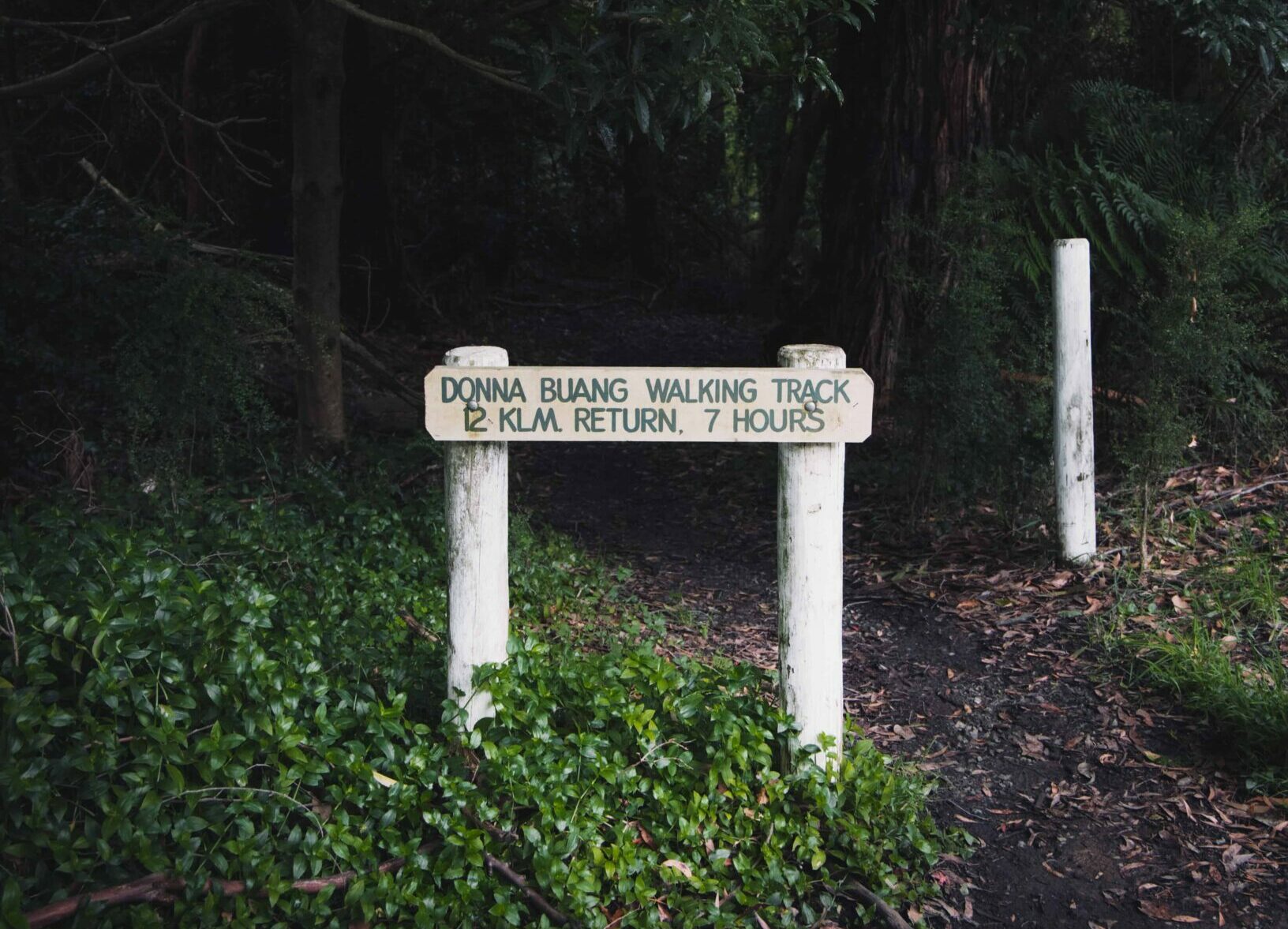
These trails are typically the safest and most sustainable wilderness routes and are also the easiest to follow.
Staying on marked trails can reduce the risk of getting lost and help protect the natural environment. Off-trail hiking can cause damage to vegetation and increase the risk of encountering hazards, such as steep cliffs or fast-moving water.
If you need to leave the marked trail for any reason, stay vigilant and be mindful of your surroundings. Use a map and a compass to help you navigate and pay attention to any potential hazards.
10. Wear appropriate clothes and footwear
Wear sturdy, closed-toe shoes or boots to protect your feet from rough or uneven terrain, and bring a change of socks to prevent blisters. Layer your clothing to stay warm and dry in cold or wet weather, and bring a waterproof jacket or rain poncho.
If you are hiking in hot weather, wear lightweight, breathable clothing and bring a hat and sunscreen to protect your skin from the sun.
11. Be mindful of wildlife

The wilderness is home to various animals, and it’s essential to respect and appreciate these creatures while camping. When you encounter wildlife, it’s necessary to give them plenty of space and avoid disturbing them.
Never feed wild animals, as this can lead to dangerous situations for both you and the animal. It’s also a good idea to avoid approaching animals whatsoever, as they may feel threatened and become aggressive.
If you’re hiking in bear country, take extra precautions to protect yourself and the bears. Follow bear safety guidelines, such as making noise to alert bears to your presence and carrying bear spray as a deterrent.
12. Bring a flashlight or a headlamp
Even if you plan to be back at camp before dark, bringing a flashlight or headlamp with you on your trip is always wise.
A flashlight or headlamp can come in handy in various situations, such as finding your way back to your campsite after a hike, navigating the campsite after dark, or signaling for help in an emergency.
Bring extra batteries or a backup light source if your primary light source fails.
13. Carry a signaling device
In the event of an emergency while camping or hiking, it’s essential to have a way to signal for help. One effective way to do this is to carry a signaling device, such as a whistle or a mirror.
A whistle can be heard from a distance, making it helpful in alerting others to your location. A mirror can reflect sunlight, which can be seen from a distance and attract the attention of rescuers or other hikers.
It’s best to bring both a whistle and a mirror, as each has its own advantages in different situations.
14. Let someone know your planned route
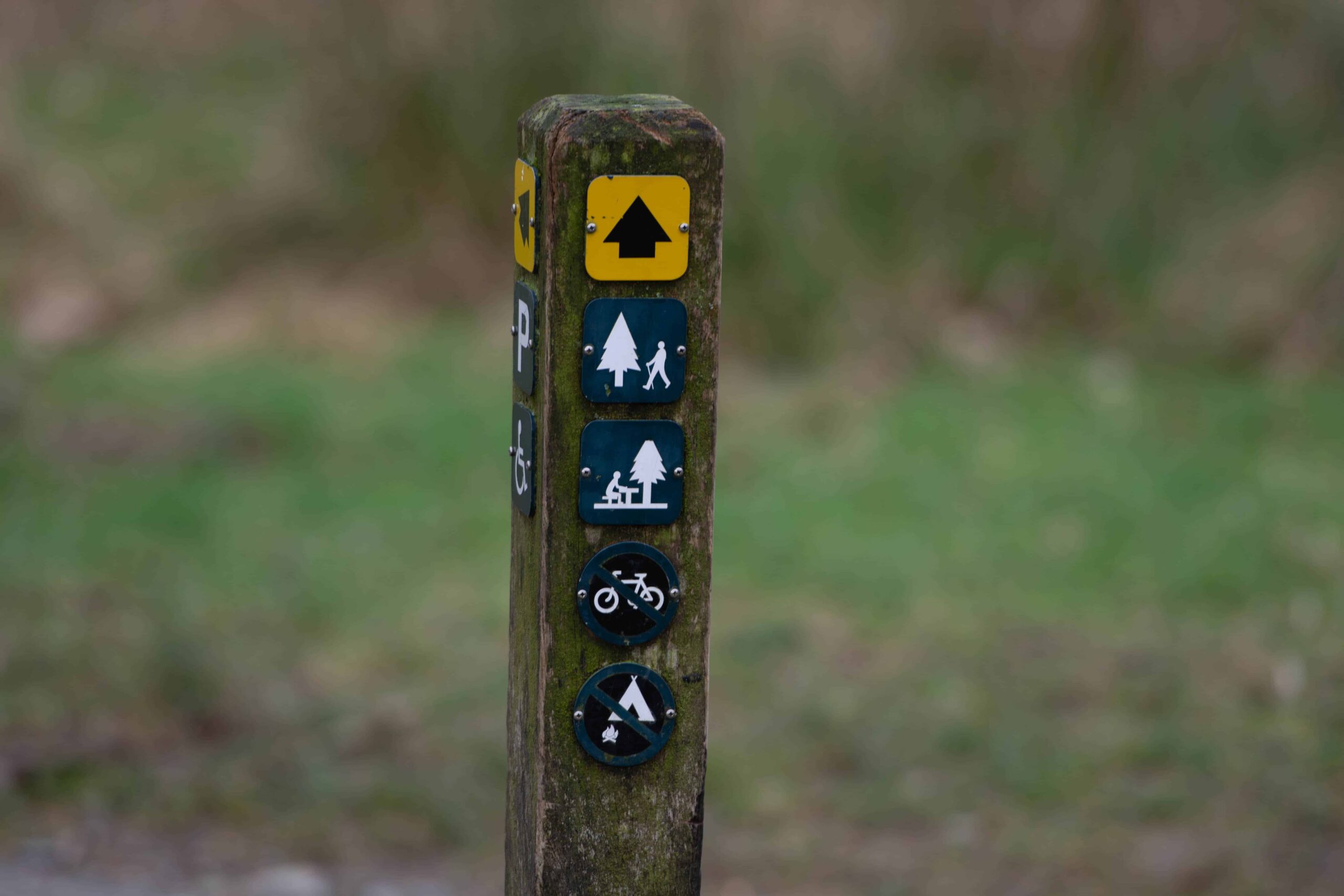
Always let someone know your planned route and expected return time before setting out on a hike in case you encounter any problems or emergencies.
This could be a friend, family member, or the staff at your campsite or park. By letting someone know your planned route, you’re providing them with important information that they can use to find you in the event that you do not return as expected. Don’t forget to do that if you’re solo camping, too.
If possible, leave a copy of your route with this person or the staff at your campsite or park.
15. Follow Leave No Trace principles

It’s vital to follow Leave No Trace principles to protect the natural environment and preserve it for future generations. These principles include:
- Plan ahead and prepare: Know the regulations and guidelines for the area you will visit, and plan your trip accordingly.
- Travel and camp on durable surfaces: Avoid damaging the environment by staying on established trails and campsites.
- Dispose of waste properly: Pack out all trash and properly dispose of human waste.
- Leave what you find: Respect the natural environment by leaving rocks, plants, and other natural objects as you find them.
- Minimize campfire impact: Use a portable stove instead of building a fire, or use an established fire ring if one is available.
- Respect wildlife: Observe wildlife from a distance and never feed a wild animal.
“Nature is not a place to visit. It is home.” – Gary Snyder